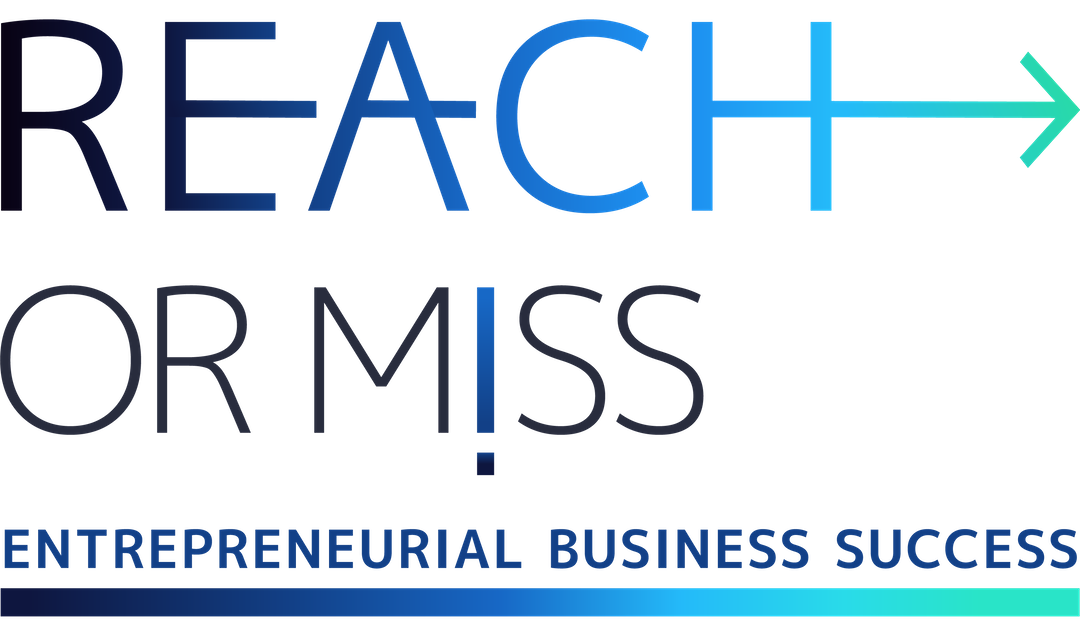There are 3 main models to start entrepreneurship. Which is yours?

There are 3 main models to start entrepreneurship.
Which is yours?

The level of success you achieve and how quickly it will happen depending on how you started your entrepreneurship.
Running a business means focusing on your customer because the money you are looking for is in their pocket.
That’s why the way you started your entrepreneurial business depends on your starting point. The target is the same target – to maximize the company’s value for its shareholders. However, understanding your starting point and planning your marketing and sells accordingly, will dramatically affect your success; how far you can take your business and how long will it take.
The story that so many entrepreneurs that their business failed tells themselves that it didn’t have a chance anyhow or “there was no market need” is, in 96% of the cases, a fairy tale. Entrepreneurship starts in different ways. In order to reach a business, success is different for each model.
There are three main models entrepreneurs start their business:
#1 Those who saw an opportunity and decided to focus on a new direction
#2 Those to whom entrepreneurship simply ‘happened’ to them
#3 Startups that raised money to develop an entrepreneurial enterprise from an idea
Here are examples for each model and the best advice for attracting your customers effectively.
#1 Entrepreneurship that started from a market opportunity
When Roy Sutton left his executive positions in the international telecom industry, he naturally focused on consultancy work. However, he recognized that the problem with consultancy work ultimately is you’re providing a service 1 to 1. So, it’s very difficult to scale that up.
Roy looked for fields that suit his knowledge and abilities and his real interest in leveraging the power of digital media.
“The thing about the internet, and online marketing Roy told me, is that websites give you a global reach, and they are always open; you don’t need premises, you don’t need an inventory, and your overheads are fairly low.
People use the Internet for two reasons: to be entertained, and to solve problems. My focus is on solving problems, so, I’ll identify specific problems and create a niche website around the specific problem, trying to offer solutions and information that would help to address that problem. And in doing so, I’d make money through advertising and through affiliate sales.
So I started by creating websites offering or targeting specific solutions for people. The first website I created was a self-help website; I called it ‘Wit and Wisdom’. Part of it was humor, but mostly it was intended to inspire people that were self-improving, people who wanted to better themselves, but weren’t quite sure how to get started.
Essentially, I take questions, like ‘How to improve low self esteem’ or ‘How to find the right job for me’, and I create answers that I hope will help people and as part of that I offer resources. This is where I make money, in terms of affiliate sales.

Roy’s best advice about approaching customers
Any business starts with trying to see the world through the customer’s eyes. Put yourself in their shoes; try to understand their pain points and how your products will alleviate those pain points.
The key is that your product must solve problems for customers. If you’re trying to make a sale to me, as an individual, for example, I’m always much more impressed if you thought about my needs. Explain to me how your product might help me alleviate or eliminate a problem, reduce a pain point, remove a headache.
It all starts with the customer: what the customer needs, what the customer wants. And the customer doesn’t always know what they want. You have to learn the market and identify the problems.
It always starts with the customer.
#2 Those to whom entrepreneurship simply ‘happened’ to them
Krystal Covington just moved to Denver, Colorado, and was inspired to create a network for herself because she was lonely “I needed connections, and I wanted it to be the right kind of people…. It’s interesting because I’m shy and like to be on my own, but even people that like to be alone need connections.
I was able to build that and pretty fast, I felt there was a need for that among other people and it started to get bigger and bigger until I turned it into a full-fledged organization called Women of Denver with membership dues, meetings, and a mission and we have been growing it since and lately, we launched our magazine…
When I started it, I called it, for quite a while, a passion project because I didn’t want to call it ‘work.’

Krystal Covington just moved to Denver, Colorado, and was inspired to create a network for herself because she was lonely “I needed connections, and I wanted it to be the right kind of people…. It’s interesting because I’m shy and like to be on my own, but even people that like to be alone need connections.
I was able to build that and pretty fast, I felt there was a need for that among other people and it started to get bigger and bigger until I turned it into a full-fledged organization called Women of Denver with membership dues, meetings, and a mission and we have been growing it since and lately, we launched our magazine…
When I started it, I called it, for quite a while, a passion project because I didn’t want to call it ‘work.’
Krystal’s best advice about approaching customers
I think the most important thing is to continue to keep your customers in the loop of everything you are doing, everything that you plan, and everything you ask them.
Test out new things and don’t be afraid to fail. I failed a few times. Your customers can tell you what they want, and you should pay attention to what they say and also what they do and how they act.
When I started, I did a pre-launch. First, I asked people, and then I told them that I created what you said you want, are you with me? And I asked them to buy a full-year membership to let me know that they were with me, and they did. I had a goal to how many people I need to sign in order to decide to open it up.
And I keep asking before any new move or thing that I want to start or change before I started to invest in that idea.
I asked Krystal felt she stopped chasing customers and started to attract them? She answered it was when she decided to stop over discounting her Organization Membership and raised the price; the value went up and a lot of people joined in.
#3 Startups that raised money to develop an entrepreneurial enterprise from an idea
DBmaestro was co-founded in 2008 by Yariv Tabac and Yaniv Yehuda.
DBmaestro’s DevOps Suite software focuses on database development and controls application specific data.
According to ‘Startup Nation Central’ the company raised total investments of 7.5 million dollars in a few rounds of fundraising.
“Today, Say Yariv Yariv Tabac is CEO and Co-founder of DBMaestro, we are no longer a startup. We are a company. DBMaestro is the leader in DevOps for Database. We focus on enterprises, Fortune 1000, Global 2000, and we assist our customers in automating all their computers’ integration, computing delivery processes, and make their agile development much faster with better quality.”
Yariv’s best advice about customer focus, marketing, and sales
Persistence, persistence, and listening all the time!
We entrepreneurs and CEOs are very lonely creatures. You can listen to smart people or your investors and get their advice, but at the end of the day, there are two or three options to choose from. And you have to choose. And there is at least a 50% chance that you’ll fail.
You need to make changes fast. When you see something doesn’t work, change it. And be persistent. I’m changing all the time: the locations of people, changing the functional features, changing the road map, changing the marketing. You should change all the time.
I enjoyed a lot talking with these three successful entrepreneurs and learned many new things.
If you would ask me which of them had the most challenging journey, I couldn’t tell. Anyone experience their entrepreneurship differently. What looks fast to one may look like ages to the other.
From my personal perspective, I believe DBMaestro faced the longest and most challenging journey by now.
Being in the middle, between investors and the dependency on the next successful fundraising, and the potential customers is a huge challenge.
However, they have also established a much bigger company than the other two entrepreneurs that started differently and managed to work with the leading organization worldwide.
So which model describe your entrepreneurial beginning best?
#1 Those who saw an opportunity and decided to focus on a new direction
#2 Those to whom entrepreneurship simply ‘happened’ to them
#3 Startups that raised money to develop an entrepreneurial enterprise from an idea
Send me your answer, and I promise to reply to each one of you and answer any question regarding what is your best approach to attract paying customers and maximize your entrepreneurship value?
I look forward to your response:
